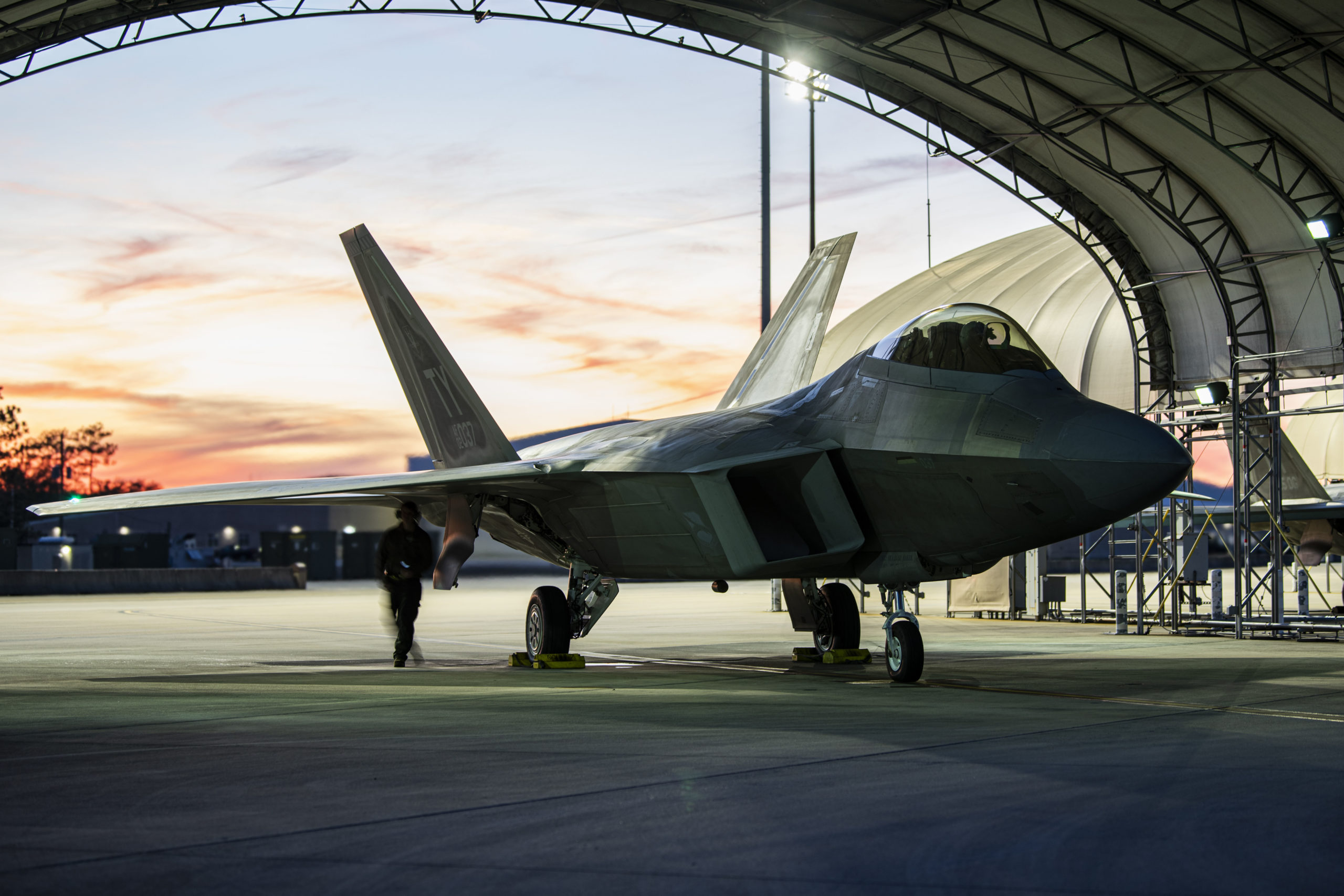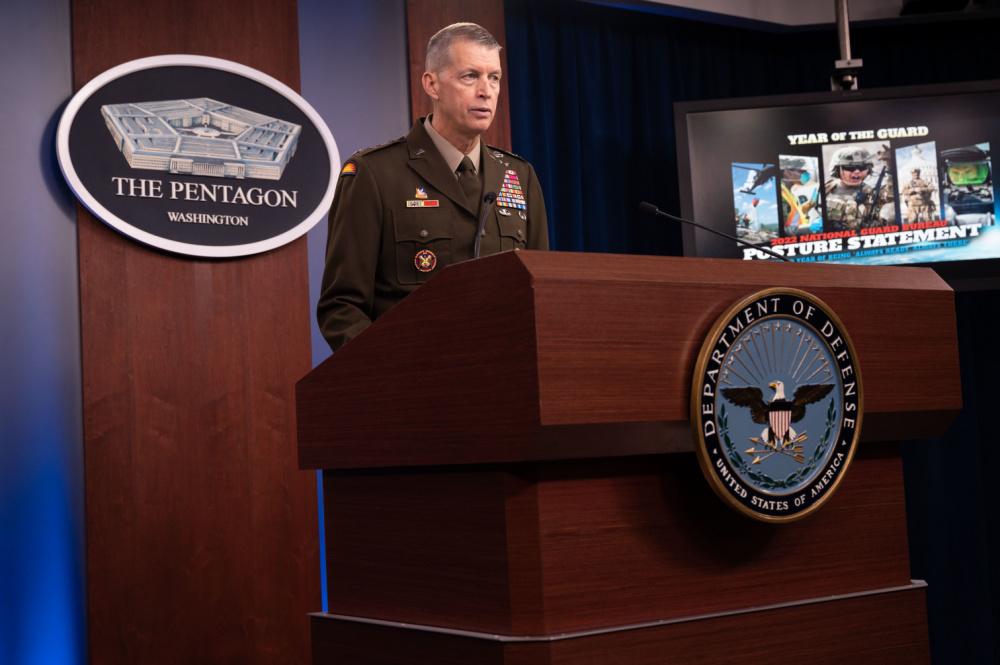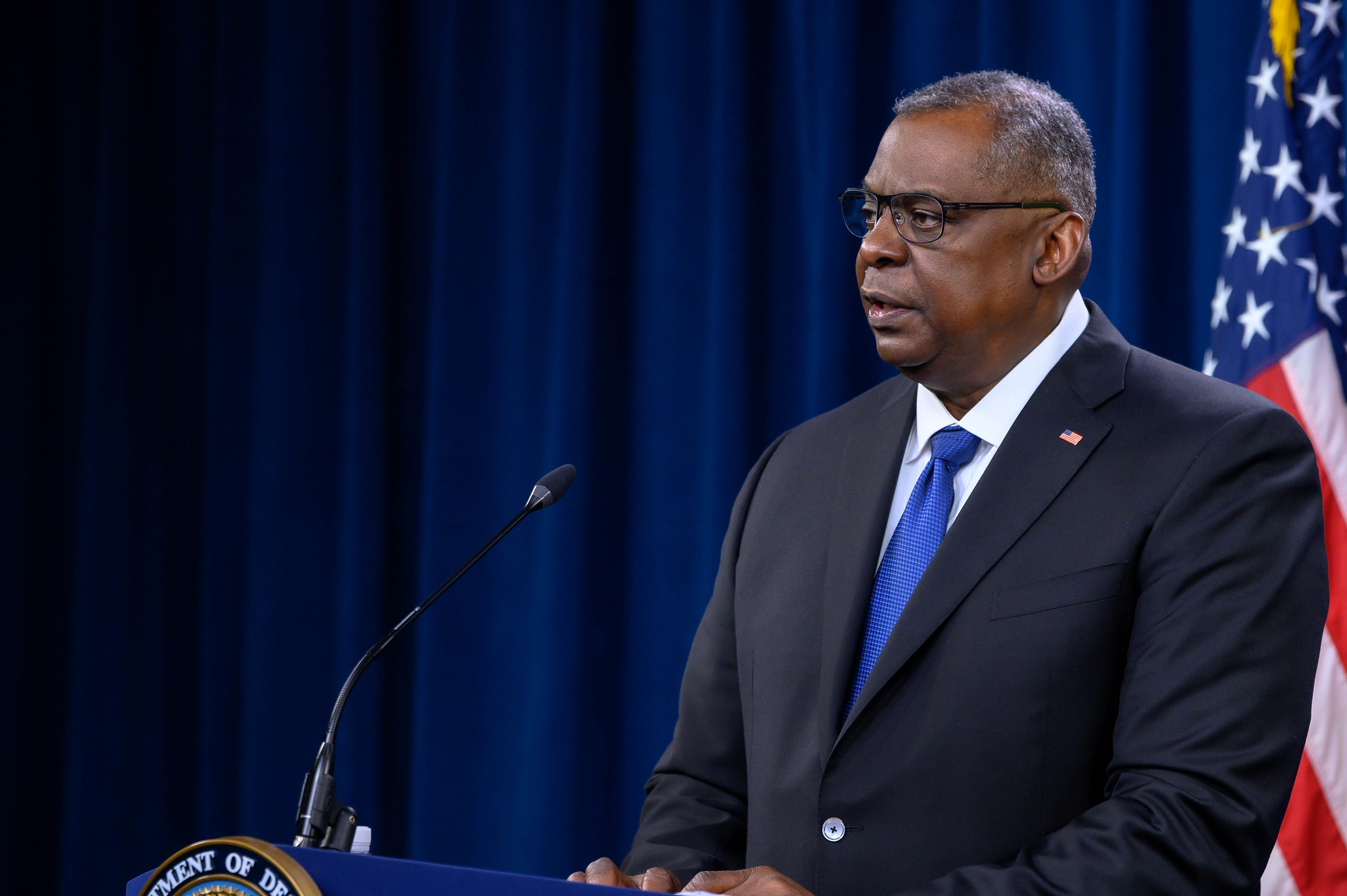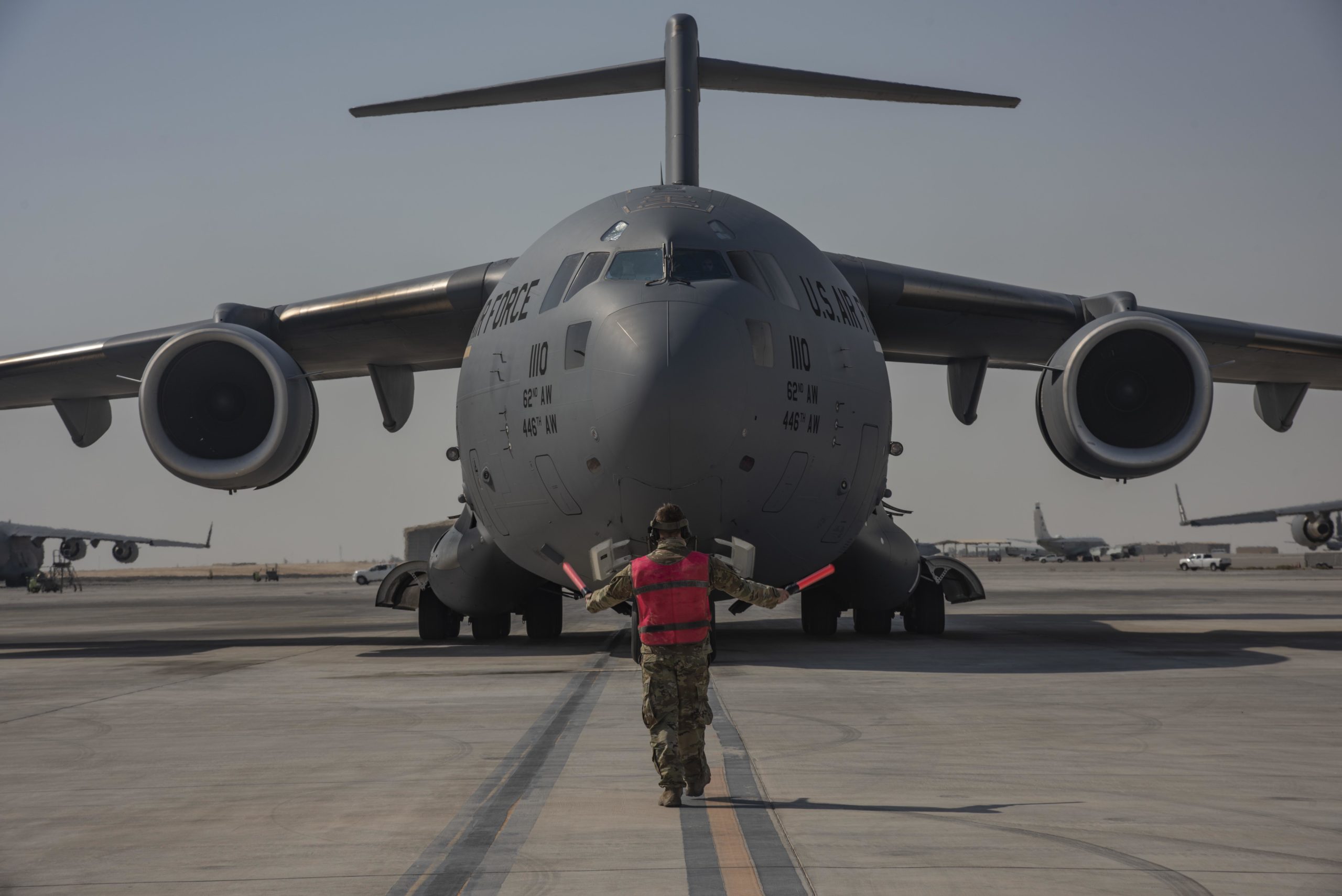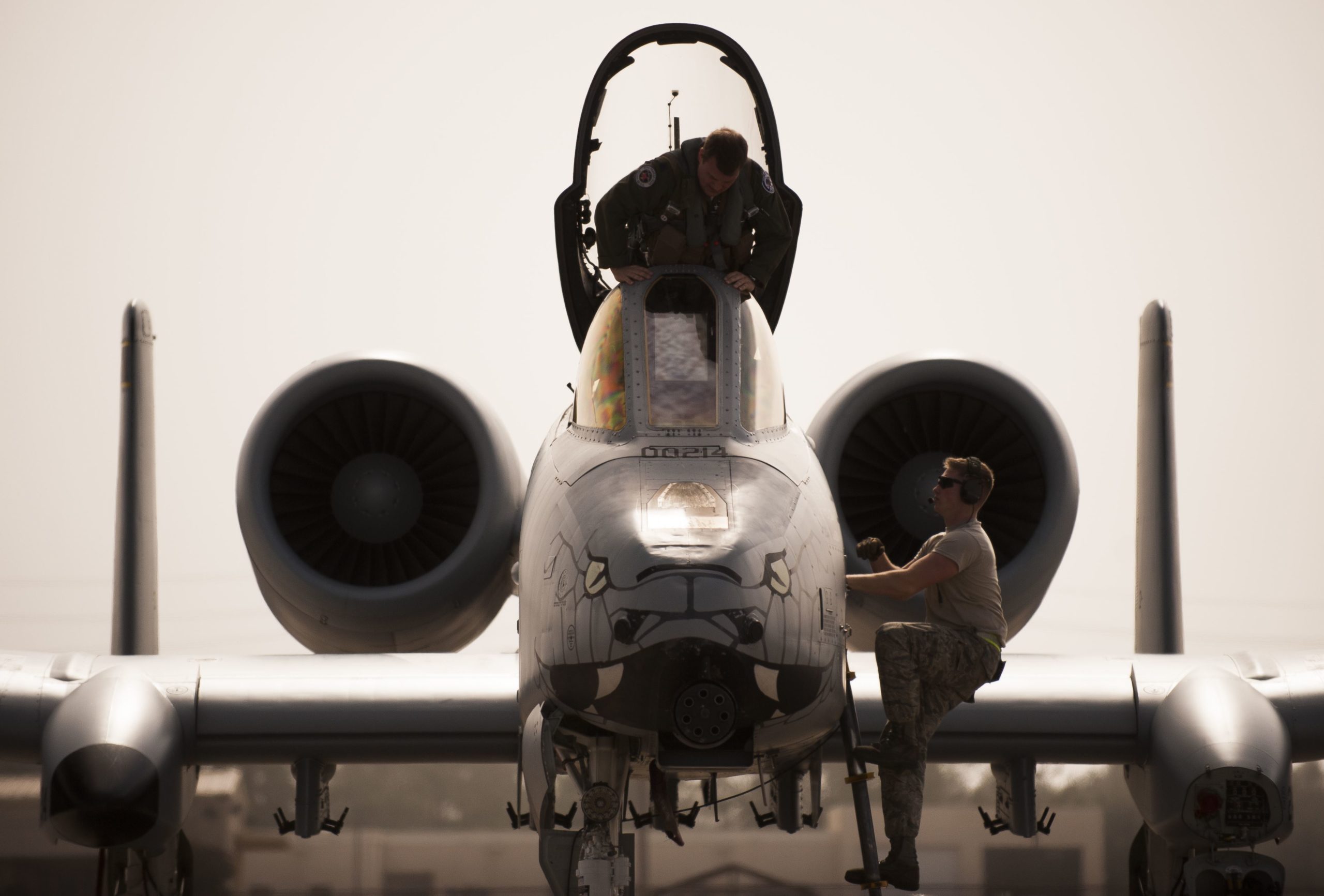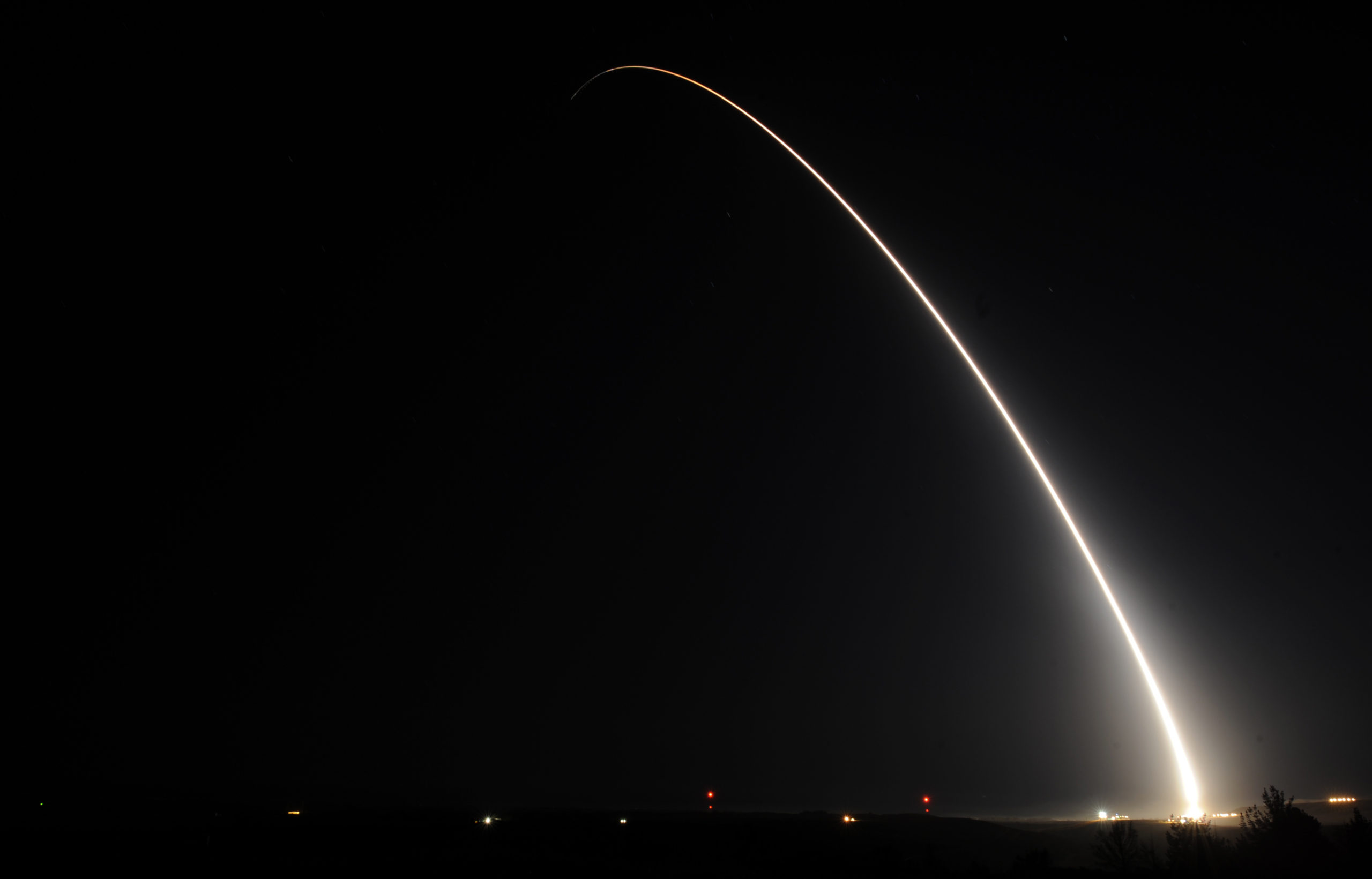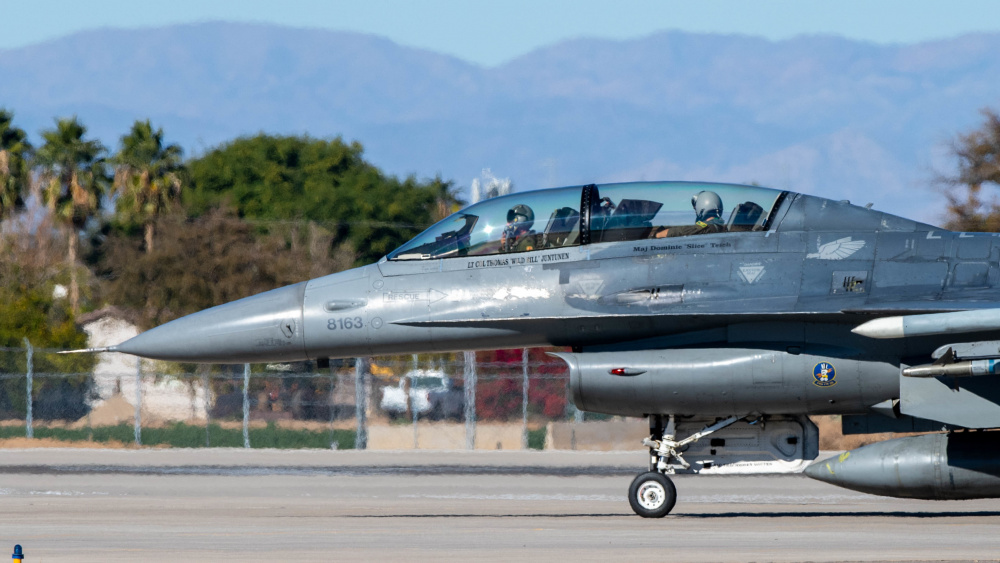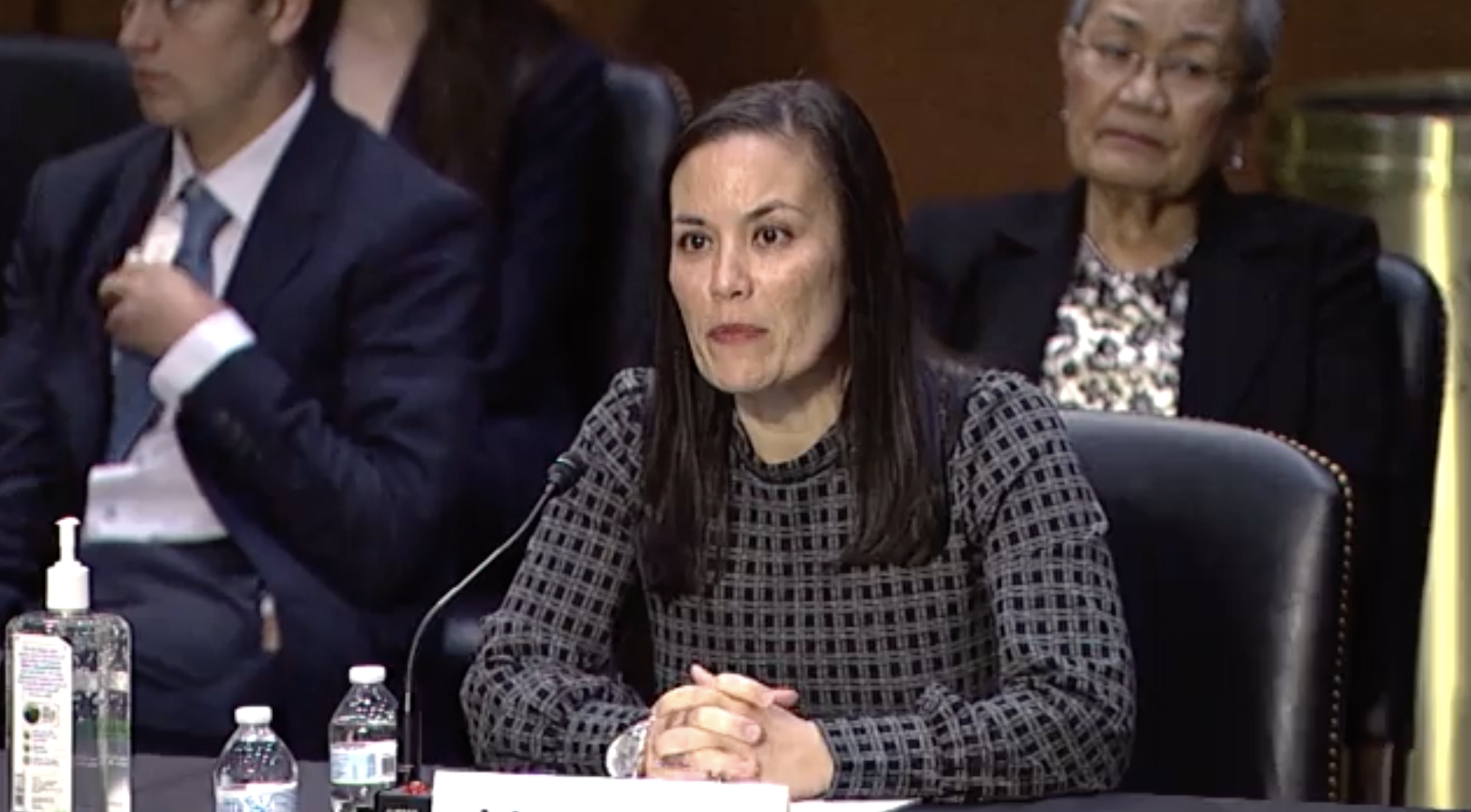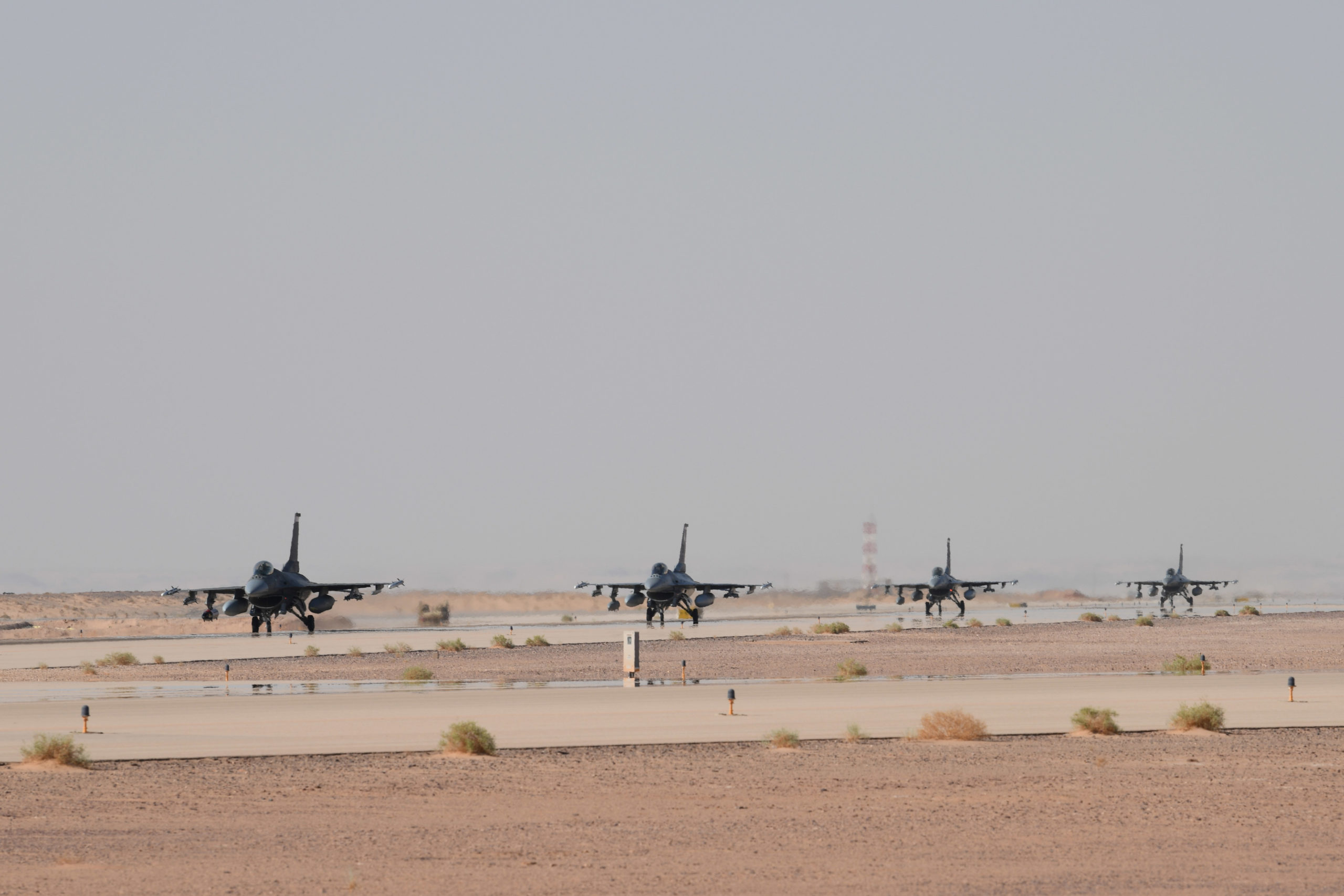The Air Force has approved Joint Base Langley-Eustis, Va., as the new location for F-22 training following the completion of an environmental impact study.
The announcement is another step in the long process of moving Raptor training, which shifted across Florida from Tyndall Air Force Base to Eglin Air Force Base after a massive hurricane in 2018. But while the study and approval mark a crucial step in the process, the move is not official just yet. Air Combat Command said it is still waiting on service leadership to finish its study into tactical aviation requirements, determining which and how many tactical aircraft it wants in the fleet moving forward. Once that is done, the Air Force will make the final decisions on the move.
The F-22 formal training unit, currently part of the 325th Fighter Wing, has been temporarily housed at Eglin since October 2018. That month, Category 5 Hurricane Michael caused catastrophic damage to Tyndall, prompting the Air Force to scatter Tyndall’s F-22s to other bases.
In the wake of that storm and relocation, USAF proposed making Langley the new home of the unit as part of its goal to consolidate its F-22s at fewer locations.
That proposal came in March 2019 and was subject to the environmental impact study, which was estimated to take between 24 and 48 months.
Last week, the Air Force notified Congress that the study was complete. It indicates that 28 F-22s and 16 T-38s would move to Langley, along with approximately 760 personnel, including 660 service members. A further 1,672 dependents would also be affected.
Langley is already home to the 1st Fighter Wing, which has two squadrons of F-22s and is responsible for a third of the F-22s in the Air Force.
The environmental impact study also proposes bedding down a second F-35A training unit at Eglin to accompany the one that is already there, with the departure of the F-22 unit making room.
While the exact timing on all these moves is uncertain as the tactical aviation report is conducted, the study laid out a proposed timeline of F-22s moving to Langley from June through October, with the new F-35A unit moving into Eglin in October. That would result in a short overlap during which both units would have airframes at Eglin.
